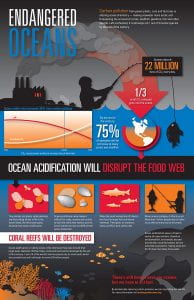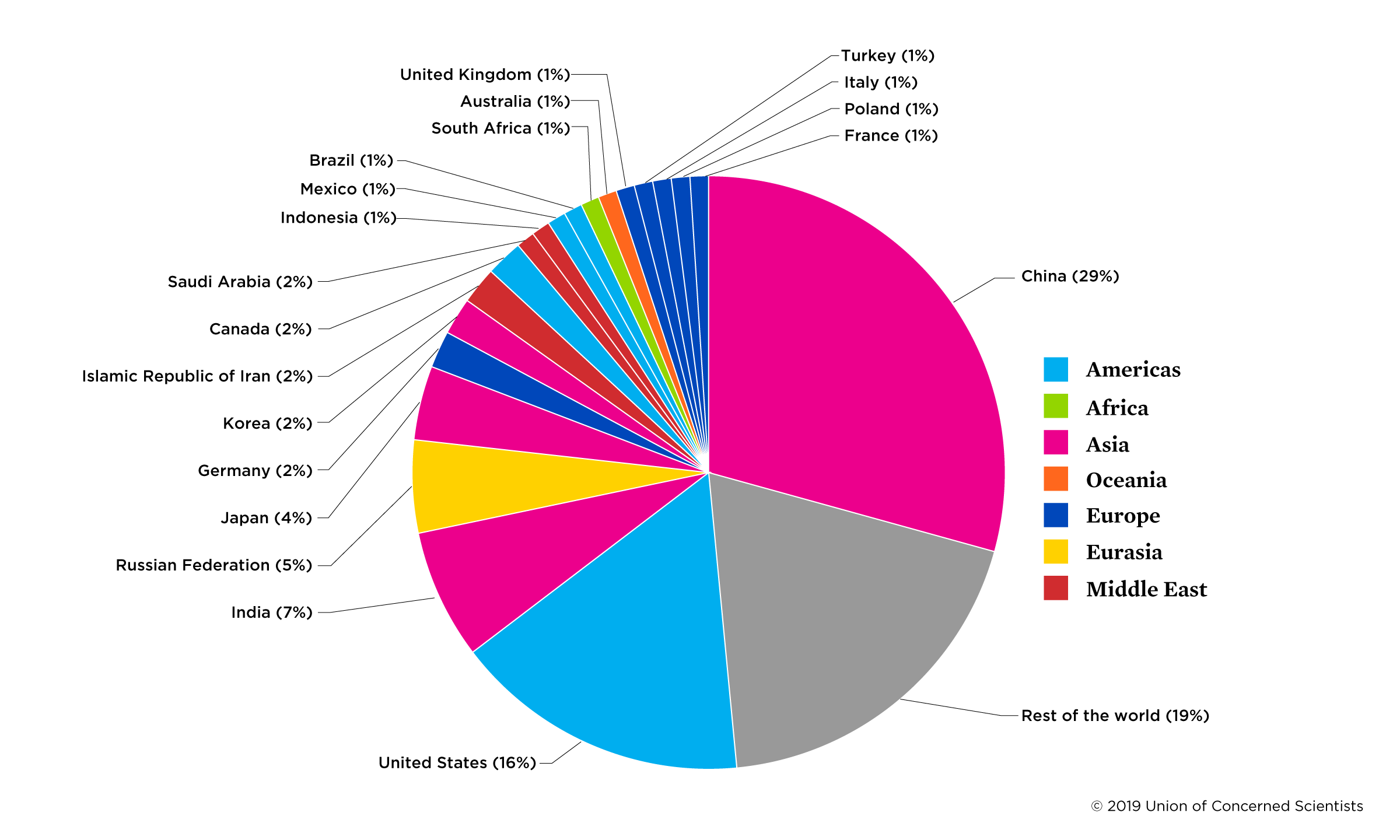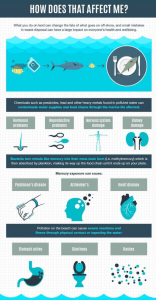Written by Kailyn and Edited by Emily
Five12 Apparel is a sustainable activewear line created with 100 percent recycled, post-consumable materials. The brand just announced their first campaign. They are hoping to raise $10K by April 2 to fund their new “OC (Ocean Cleanup) Collection,” made entirely from discarded ghost fishing nets and recovered ocean plastics.
The brand specializes in indoor and outdoor performance apparel and a variety of accessories. They aim to center their collections around the environment, stating:
“Holding our company to the highest standards of sustainability, we reduce, reuse, and recycle. As of today, we use recycled coffee grounds, plastic water bottles and used windshields. We will continue to develop new products from post consumer recycled components translating into performance apparel, bags, and accessories.”
Ghost fishing nets & Coffee Grounds
The company selected ghost fishing nets because they “are one of the greatest killers of marine life and biggest threats to our oceans.”
Five12’s Huntington Hoodies and Santa Cruz 7/8 Crops are made from ghost fishing nets that are destroying our oceans. These products are great examples of taking lemons and making lemonade. Five12 selected ghost fishing nets because they “are one of the greatest killers of marine life and biggest threats to our oceans.” The team gathers, cleans, melts, and develops these nets into the recycled yarn used in their woven garments.
During ghost fishing, nets get lost in the water, injuring and killing sea life and contaminating the ocean for decades. A recent study estimated there are over 85,000 lobster and crab ghost traps in the Florida Keys National Marine Sanctuary, according to the National Oceanic and Atmospheric Association.
The company also utilizes coffee grounds to make clothing. ‘Why coffee grounds?’ you might ask. Between odor control, UV protection, and moisture management, coffee grounds provide technical qualities needed to create comfortable activewear that makes an effective outdoor experience.
Think of that cold brew you had this morning, or the long lines of people at Starbucks… Several cups of coffee are consumed every single day around the world. The post consumable coffee grounds are gathered from local shops where the oils are extracted to make a dry powder. The powder is then turned into pellets which are melted to make fiber.
Recycled Windshields & More
Replacing your windshield? No problem. Five12 implements these windshields and recycles them to make backpacks. The PVB plastic waste film is separated from the glass and cleaned. These chips are then melted to create pellets, which are then melted and prepared to make water-resistant fabrics.
They’re so passionate about the efforts made to protect our oceans and marine life that they plan to donate 10% of all Huntington Hoodie profits to The Ocean Cleanup.
It’s worth mentioning that this is not the only company tossing their hat in the race to save the ocean. Last week, we talked about Adidas’ new shoe design, but it is apparent that more brands are growing an interest in operating sustainably. Additionally, Nike and Patagonia work to incorporate recycled materials into their products.
Why is this important?
As they constantly challenge themselves to find new ways to create outerwear that saves our environment, we should challenge ourselves to help save the ocean. Head over to our Twitter page to see what this week’s challenge is!

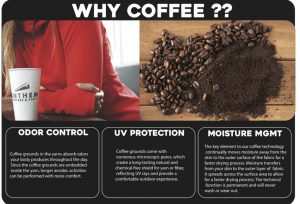


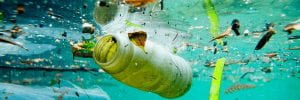

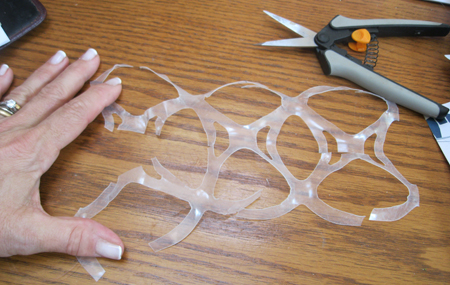 While turtles are also known to be killed from ingesting plastics, they are widely affected by fishing netting and plastic soda rings. These pollutants become wrapped around the turtles neck and shell making it tough to breath and move around. A way of helping this issue is to make sure to cut your plastic soda rings before you throw it away. While you may be throwing it in a trash bin there is still a possibility of it ending up back in the ocean. Cutting soda rings can aid with other marine life as well.
While turtles are also known to be killed from ingesting plastics, they are widely affected by fishing netting and plastic soda rings. These pollutants become wrapped around the turtles neck and shell making it tough to breath and move around. A way of helping this issue is to make sure to cut your plastic soda rings before you throw it away. While you may be throwing it in a trash bin there is still a possibility of it ending up back in the ocean. Cutting soda rings can aid with other marine life as well. 
